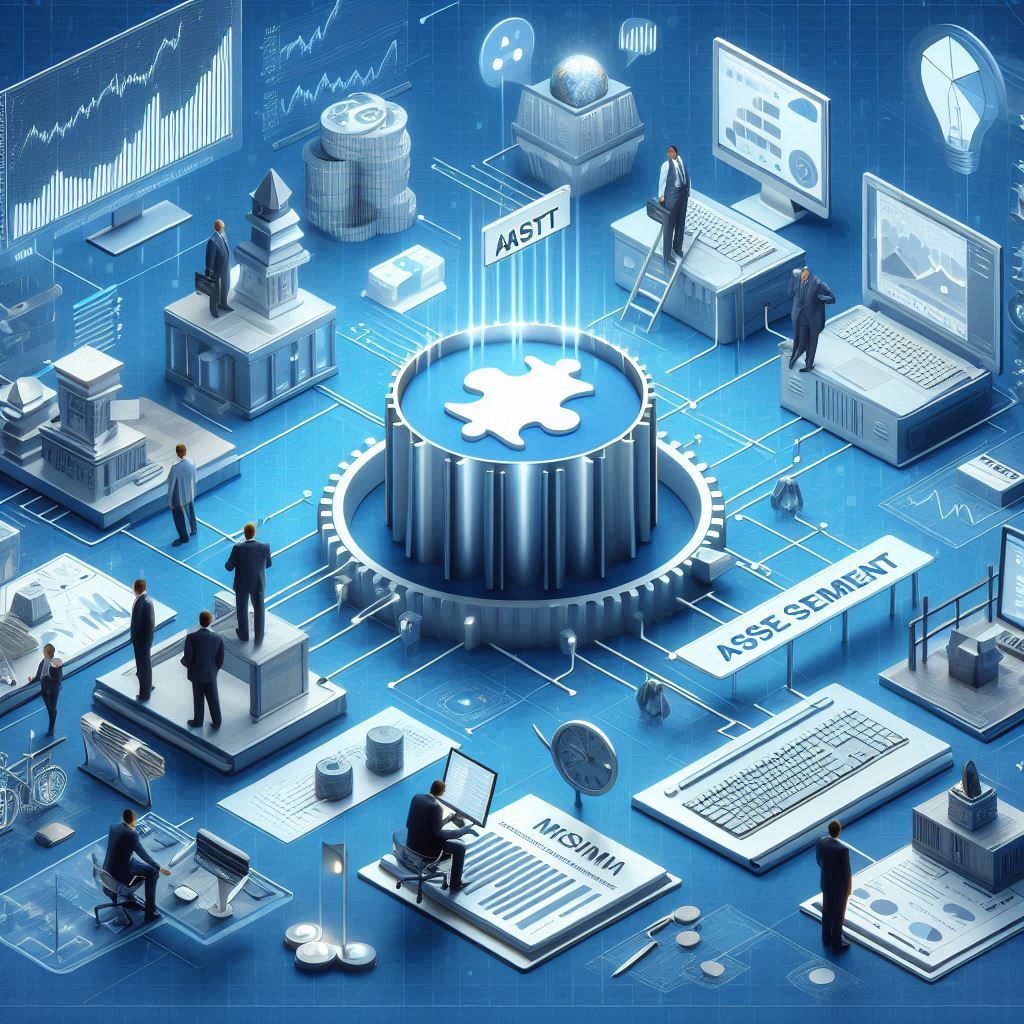Future-proofing asset management is not about chasing trends—it’s about building resilient systems that unlock growth over decades. By aligning lifecycle planning, digital transformation, and sustainability, organizations can move beyond short-term fixes and create infrastructure that thrives in uncertainty. The companies that embrace this shift will not only protect their assets but also position themselves as leaders in long-term success.
Category Archives: Physical Asset Management
Physical asset management is the management of fixed assets such as equipment, plant, buildings, and infrastructure throughout their entire lifecycle. It involves activities such as maintenance, repair, upgrades, and end-of-life disposition of the assets. The purpose of physical asset management is to prolong asset life and keep them in good condition. It also requires implementing controls on purchasing, deployment, tracking and maintaining.
Future-proofing the workforce means more than adopting new technologies—it requires empowering employees with the skills, confidence, and adaptability to thrive in the digital age. By investing in continuous learning, fostering innovation, and creating inclusive environments, organizations can unlock human potential while navigating rapid change. The companies that succeed will be those that treat digital transformation not as a threat, but as an opportunity to elevate their people.
Selecting and implementing cutting-edge asset management technologies is not about chasing the latest tools—it’s about aligning innovation with strategy. Organizations must evaluate solutions through the lens of lifecycle value, integration potential, and long-term resilience. By combining rigorous selection criteria with disciplined implementation, leaders can unlock efficiency, reduce risk, and position their infrastructure for sustainable growth in a rapidly evolving digital landscape.
True transformation begins with clarity of purpose. Assessing and setting winning goals is not about ticking boxes—it’s about aligning vision, strategy, and measurable outcomes that drive sustainable change. Organizations that define goals through rigorous evaluation, stakeholder engagement, and long-term impact will not only navigate disruption but also emerge stronger, more agile, and future-ready.
Paper-based maintenance may feel familiar, but it’s draining your organization of time, money, and efficiency. Manual logs slow down decision-making, create errors, and hide critical insights that digital systems can reveal instantly. By clinging to outdated methods, companies risk higher costs, reduced reliability, and missed opportunities for growth. The future of maintenance is digital, and the sooner you embrace it, the faster you unlock real value.
Eskom stands at a crossroads, burdened by debt, inefficiency, and systemic mismanagement. The urgent need for reform is no longer a matter of debate—it is a matter of survival. Without decisive restructuring, improved governance, and a commitment to sustainable energy, South Africa risks deeper economic stagnation and continued power insecurity. The time for half-measures has passed; only bold, transparent action can restore trust and secure the nation’s energy future.
Modern technologies are revolutionizing maintenance by shifting organizations away from reactive fixes toward predictive, data-driven strategies. With tools like IoT sensors, AI analytics, and digital platforms, companies can anticipate failures, optimize asset performance, and reduce downtime. This transformation is not just about efficiency—it’s about creating resilient systems that deliver long-term value and position maintenance as a strategic driver of growth.
ransforming utility management is not about incremental tweaks—it’s about rethinking systems for efficiency, resilience, and long-term value. By embracing digital tools, data-driven insights, and sustainable practices, organizations can cut costs, improve reliability, and unlock new opportunities for growth. The future belongs to those who treat utility management as a strategic asset, not just an operational necessity.
Zero-based budgeting is more than a financial exercise—it’s a mindset shift that drives smarter business planning. By justifying every expense from the ground up, organizations gain clarity, eliminate waste, and align resources directly with strategic priorities. This disciplined approach not only improves efficiency but also empowers leaders to make bold, informed decisions that fuel sustainable growth.
ransforming maintenance management means moving beyond paper records to embrace lifecycle asset management. Manual systems hide inefficiencies, delay insights, and increase costs, while digital platforms provide real-time visibility, predictive analytics, and strategic control. By adopting a lifecycle approach, organizations can extend asset longevity, reduce downtime, and turn maintenance into a driver of sustainable growth rather than a reactive burden.










